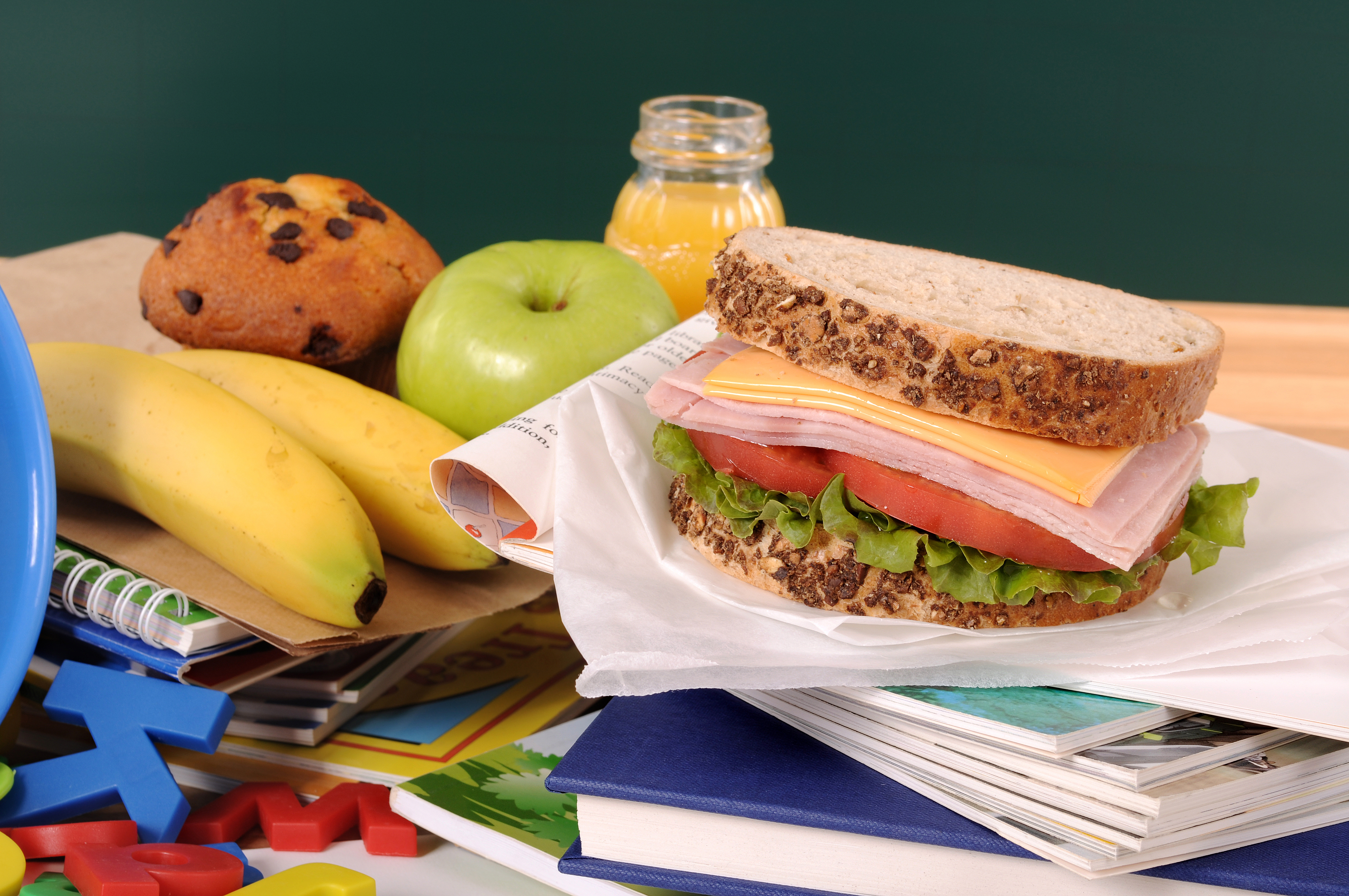
As students prepare for another school year, parents are being advised to pack lunches that aren’t just healthful but that also reduce the risk of food-borne illnesses.
Keeping hot foods hot and cold foods cold is one of the easiest and most effective ways to keep everything safe, says Keith Warriner, a food science professor at the University of Guelph. These foods must be kept out of the “danger zone” of 4 to 63 C, which is the ideal temperature range for bacterial growth.
Ideally, school lunches should be stored in a refrigerator and reheated in a microwave. Most children don’t have access to these appliances, so it’s important that food is stored properly in their lunch boxes, he says.
Young children have underdeveloped immune systems and are more susceptible to certain types of pathogens such as salmonella, E. coli, Staphylococcus aureus, Clostridium perfringens and Bacillus cereus. The last one is commonly found in rice.
“The problem with rice is that it naturally contains spores of Bacillus cereus,” says Warriner. “You can cook it for hours but it doesn’t really do anything to it. If you keep it in that danger zone — 4 to 63 C — the spores can germinate and grow and produce a toxin as well.”
Keeping rice hot or cold (out of the danger zone) reduces the risk. Once cooked, rice should be eaten right away or put in a refrigerator without cooling down.
High-protein foods such as meat should not be left at room temperature for more than two hours. Deli meats and other processed meats contain preservatives such as sodium nitrite and diacetate to reduce pathogens, but they must also be stored at a safe temperature.
Wash fruits and vegetables to remove bacteria, dirt and pesticides. Bagged salads are typically pre-washed and don’t require additional washing by the consumer. “You should never wash it at home,” says Warriner. “You’ve got more chance of contaminating salad using your sink at home.”
Use an insulated lunch box with an ice pack, frozen water bottle or juice box to keep cold foods cold.
Hot foods should be kept in an insulated container. Warriner recommends filling the container with hot water for at least three minutes before adding hot food. Skipping this step will cause the hot food to lose too much heat when added to a cold container. “If they’re not preheated, the temperature drop will go into the danger zone.”
The safest foods to pack for lunch include those that are dry and low-moisture, and that require no refrigeration such as bread, crackers and granola bars. Single servings of foods such as pudding and applesauce take the guesswork out of how to package them.
Pizza is actually among the safest leftovers because acidity in the tomato sauce and cheese help prevent bacterial growth, says Warriner. Watermelon’s high pH makes it easier for bacteria to multiply.
Safe food handling and handwashing are also important.
“The reality is that most outbreaks occur in the home,” says Warriner. Common causes include cross-contamination and improper handwashing. Children (and adults) should be encouraged to wash their hands before preparing and eating food. Don’t forget to wash your hands after handling pet food, which might contain salmonella, he says.
As for the five-second rule, Warriner says it’s not worth the risk to eat food that has fallen on the floor. It takes less than a second for germs to hitch a ride.
“It’s very simple to avoid food-borne illness,” he says. And when in doubt, throw it out.
Photo by FreePik.